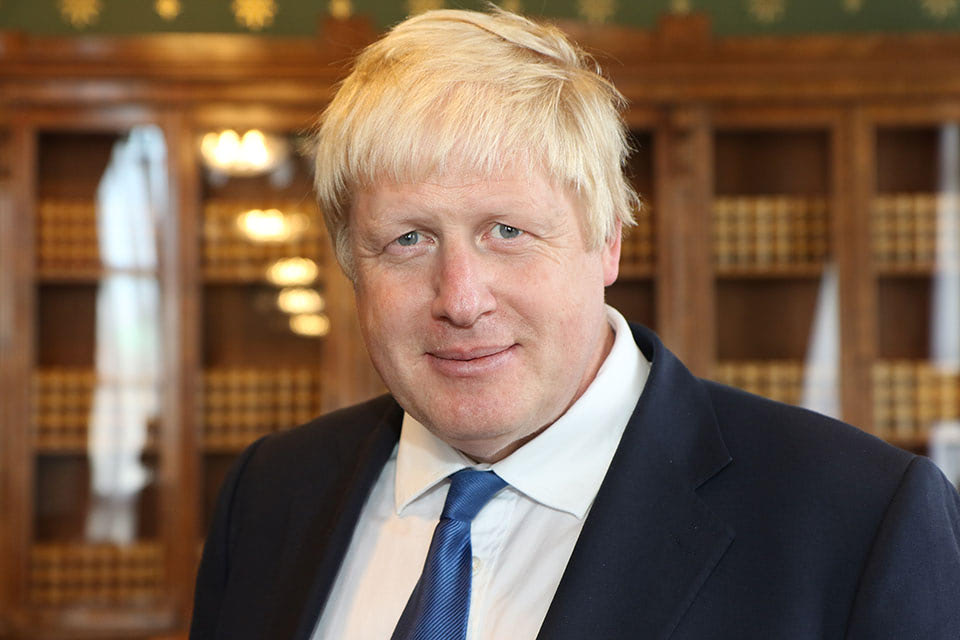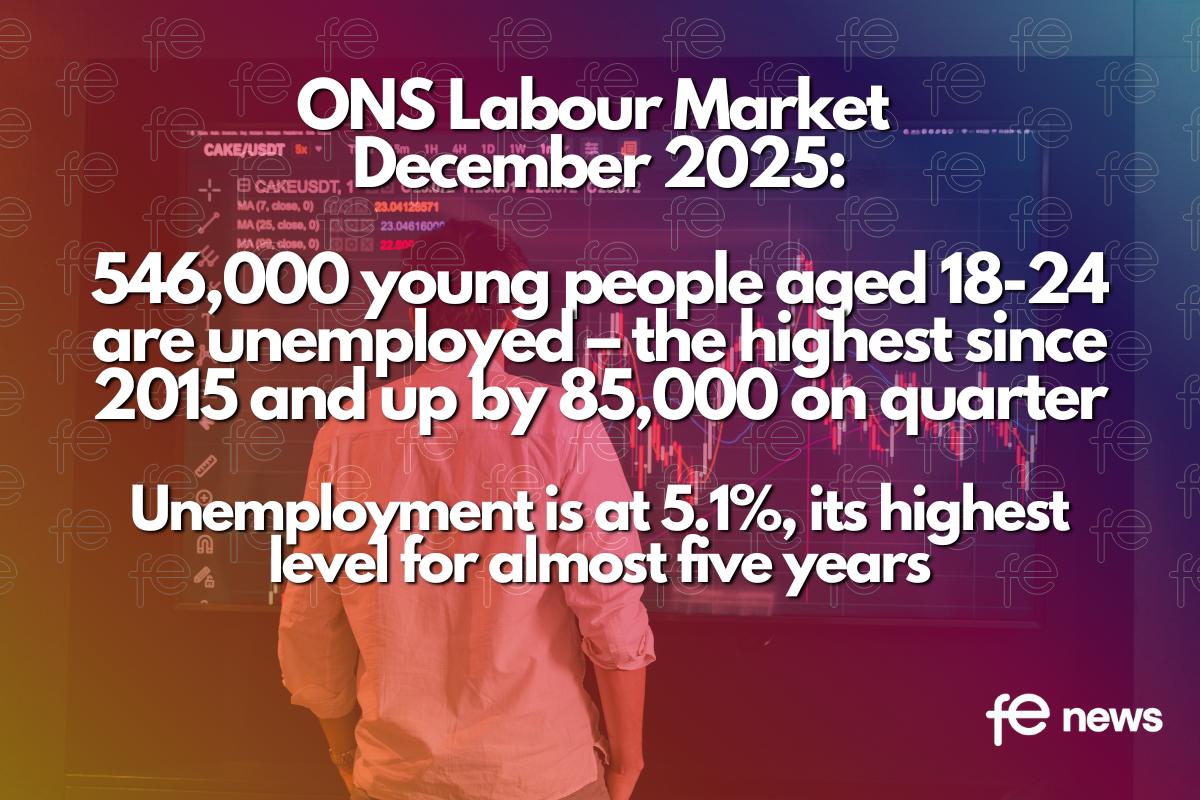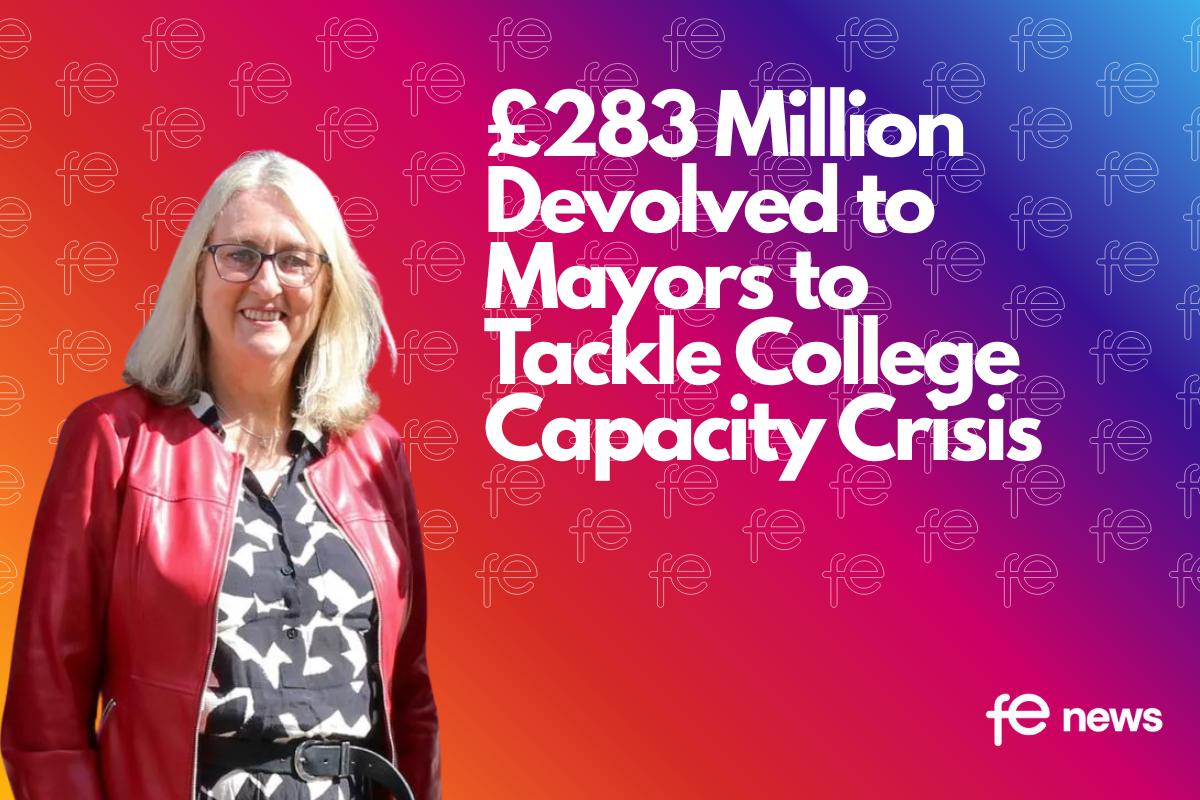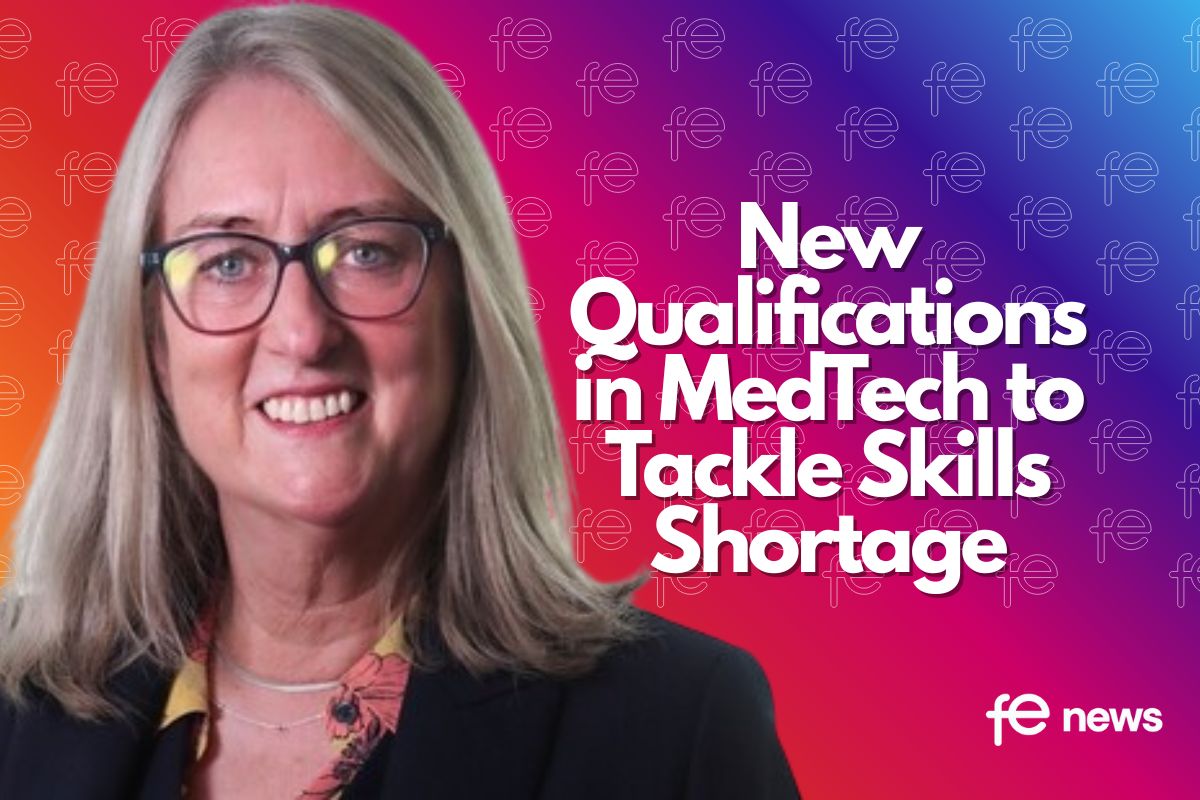SCHOOLS TO LEARN CASH ALLOCATIONS FOLLOWING PRIME MINISTER’S £14 BILLION FUNDING PLEDGE

Schools across the country are set to find out how they will benefit from the government’s recent multi-billion pound investment in primary and secondary education.
New figures, published today, will show how much money is being allocated to schools and local authorities in England next year – with every school getting more money for every child.
Every secondary school will be able to receive a minimum of £5,000 per pupil next year, and every primary school will be able to receive a minimum of £4,000 from 2021-22. The biggest increases will go to the schools that need it most.
This follows the Prime Minister’s announcement in August that the budget for schools and high needs would be increased by a total of over £14 billion over three years, rising to £52.2 billion by 2022-23. Schools and local authorities will today find out how Government is allocating the first part of that investment – £2.6 billion – for the coming year.
This new funding includes £780 million in 2020-21 to help children with Special Educational Needs and Disabilities (SEND) to reach their potential.
The Prime Minister Boris Johnson said:
“I promised on my first day in Downing Street to make sure every child has equal opportunities to succeed – regardless of their background or where they live. Because I believe that talent and genius is evenly distributed but so often opportunity is not, and my job is to change this.
“We’re already delivering on this promise with schools receiving more than £14 billion additional funding over the next three years, meaning every pupil in every school will get more money, and funding across the country will be levelled up.
“Today we are setting out more detail about how schools across the country will benefit next year. This investment will give schools, teachers and parents the certainty to plan, helping further improve standards and ensure our children and young people get a truly world-class education.”
Further education measures set out in recent weeks include a drive to create thousands more good free school places nationwide – plus £4.4 billion committed over the next three years to continue to fund additional pension costs for teachers.
The extra money, available from April, will:
- Ensure that per-pupil funding for all schools can rise at least in line with inflation
- Progress the implementation of our National Funding Formula, delivering promised gains in full for areas which have been historically under-funded
- Give schools the certainty they need to plan their budgets
Conservatives won’t even reverse their school cuts since 2010. Angela Rayner MP, Labour’s Shadow Secretary of State for Education, responding to the government’s announcement on school funding, said:
“For years Tories like Boris Johnson sat around the Cabinet table cutting funding from our schools while handing out billions in tax giveaways to the richest and big business.
“Despite the rhetoric from government, this will not even reverse the cuts that schools have faced since 2010, let alone give them the investment they need for every child to get a world class education.
“Only a Labour government will fully reverse these Tory cuts, and give our schools the funding they need.”
Kevin Courtney,Joint General Secretary of the National Education Union, said:
“The Government continues to try to pull the wool over the public’s eyes about the reality of school funding. They have to triple count monies to get to their claim that there is £14bn more in schools.
“Boris Johnson has again promised that school funding will be ‘levelled up’. This is not true. A third of schools will suffer a funding cut because school costs rise faster than inflation. In April 2020, four out of five schools will still have less per pupil than in 2015.
“The money being put into the National Funding Formula is not enough to address historic underfunding. Even though the Government identified many local authorities as suffering from significant underfunding in 2015, 147 out of 150 local authorities will have even less money in April 2020 than they did in 2015. The Government claim laudable aims, but they must provide the funding to turn them into reality.”
Angela Rayner MP, Labour’s Shadow Education Secretary, responding to headteachers accusing the government of funding more affluent Conservative areas rather than those serving the poor, said:
“Teachers and parents cannot trust Boris Johnson and his rapidly unravelling empty promises.
“Boris Johnson’s Conservatives think they’re born to rule and will only ever look after the privileged few – that is why schools in more affluent, Conservative areas and those attending selective grammar schools are set to benefit, whilst pupils and schools in disadvantaged areas will continue to lose out, entrenching not tackling inequality.
“The priorities of this government are clear – it’s one rule for the wealthy few, and another for the rest of us.
“This shows just how out of touch the Tories are. A Labour government will fully reverse Tory cuts and give our schools the funding they need to ensure every child gets a good education.
According to EPI analysis ‘Levelling up’- what it really means for school funding:
“Primary schools in which less than five per cent of pupils are eligible for free school meals – just one or two pupils in each year group – would see an average increase in per pupil funding of £271, while almost all schools serving the most disadvantaged communities would miss out. Overall, the average pupil eligible for free school meals would attract an additional £56 under this proposal, while the average pupil not eligible for free school meals would attract an additional £116.
“And there is an interesting side story for secondary schools. Who could forget the noise three years ago at the proposal that one way to address social injustice was to expand academic selection with new grammar schools. Like so much in that time, the proposals were lost to the distraction of Brexit and simple Parliamentary arithmetic. The new Prime Minister may well end up helping grammar schools more than the last. All but 12 of England’s 163 grammar schools would benefit under this proposal; at an average of over £130,000 each to their total budgets.”
Secretary of State for Education Gavin Williamson said:
“Our schools do a brilliant job and I want parents and teachers to know that we’ve listened to them and are investing in our children’s futures. That’s why this Government has announced the biggest funding boost for schools in a decade which will give every school more money for every child – with the biggest increases going to the schools that need it most.
“I recognise the pressures schools have faced and want them and parents to be safe in the knowledge that all children can get the top-quality education they deserve in classrooms across the country. Our continuing investment in education, coupled with a bold reform agenda and the work of Ofsted will supercharge the ongoing rise in school standards.”
Schools will also continue to benefit from government support to ensure they can make the most of every pound of their budgets, following the launch of the Department for Education’s School Resource Management Strategy last year.
This ranges from a free-to-use vacancy service to recruit teachers, to expert advisers who provide tailored support to individual schools that need it.
Today’s announcement comes as research in the Teacher Workload Survey shows that teachers’ working hours have fallen by five hours per week over the past three years. The findings, taken from a representative survey of over 7,000 teachers, middle leaders and senior leaders, also show that teaching hours remain broadly stable.
Since 2010, education standards in England have improved significantly. Government reforms have seen more primary school children on track to become fluent readers, more 19-year-olds leaving education with English and Maths GCSEs, and almost one million school places created.
|
Region |
Total (19-20) |
Total (provisional 20-21) |
Increase (£) |
% increase per pupil |
|
East Midlands |
£2.81bn |
£2.99bn |
£176m |
5.0% |
|
East of England |
£3.65bn |
£3.84bn |
£184m |
4.5% |
|
London |
£6.01bn |
£6.20bn |
£198m |
3.2% |
|
North East |
£1.57bn |
£1.64bn |
£73m |
3.8% |
|
North West |
£4.61bn |
£4.85bn |
£234m |
4.1% |
|
South East |
£5.06bn |
£5.35bn |
£282m |
4.8% |
|
South West |
£2.99bn |
£3.16bn |
£175m |
5.0% |
|
West Midlands |
£3.79bn |
£3.97bn |
£175m |
3.6% |
|
Yorkshire and the Humber |
£3.42bn |
£3.59bn |
£174m |
4.2% |











Responses